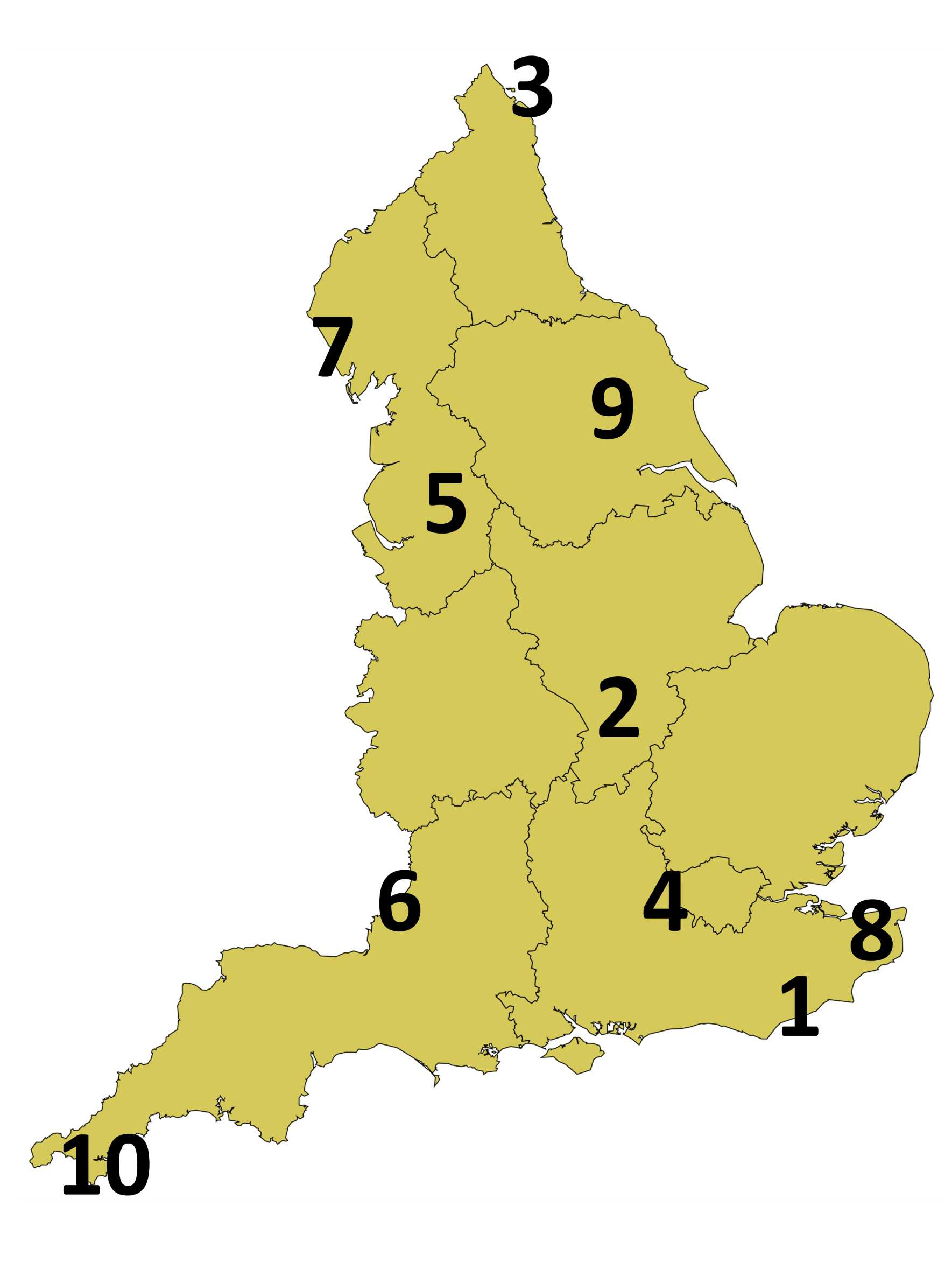
What's Where in English History Quiz
Many historical events have happened in England over the years but do you know where they took place? In this quiz match the event with the location on the map.
A label quiz
by Stoaty.
Estimated time: 3 mins.


| 1. |
| 2. |
| 3. |
| 4. |
| 5. |
| 6. |
| 7. |
| 8. |
| 9. |
| 10. |